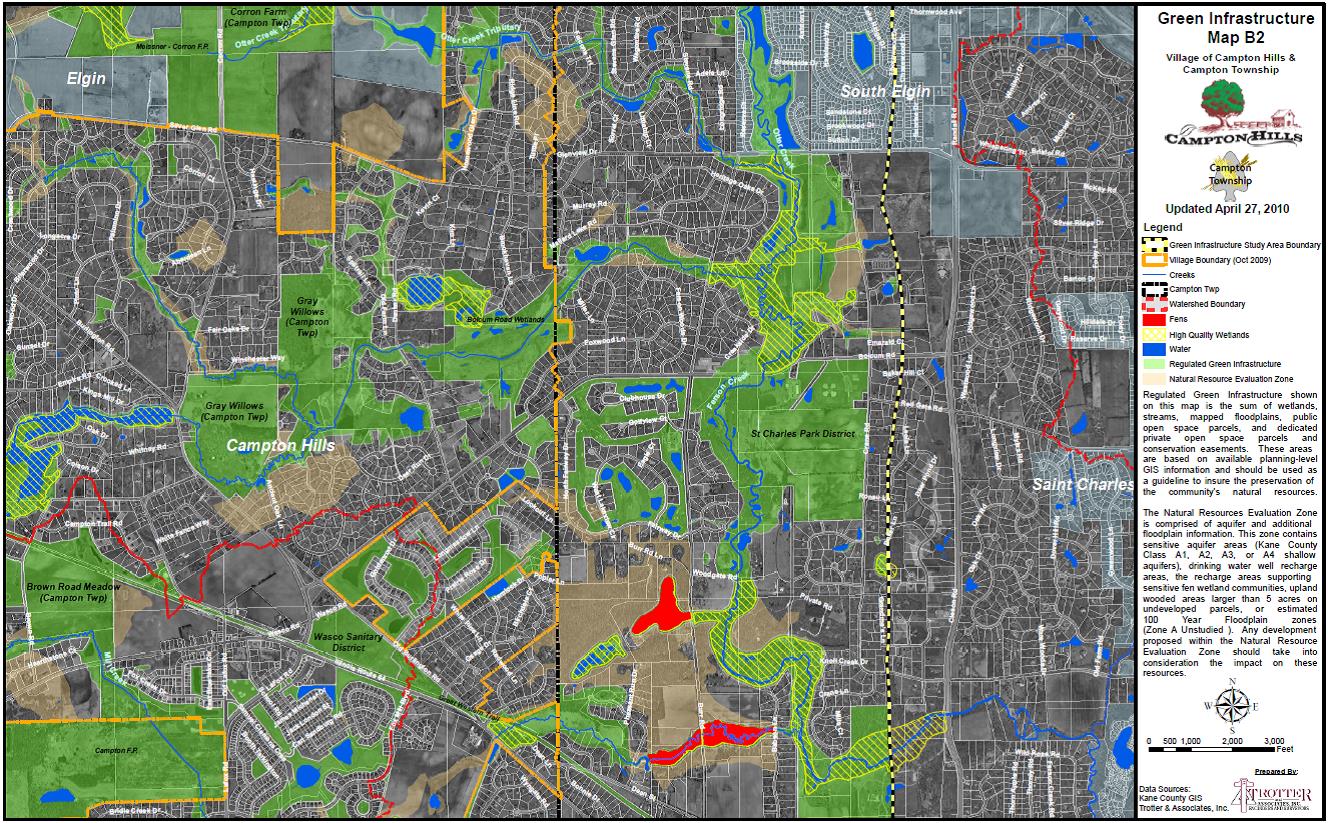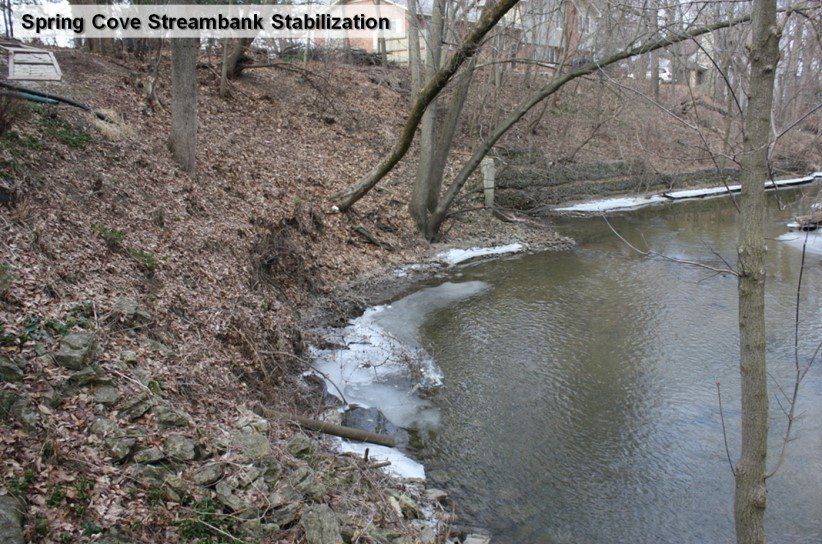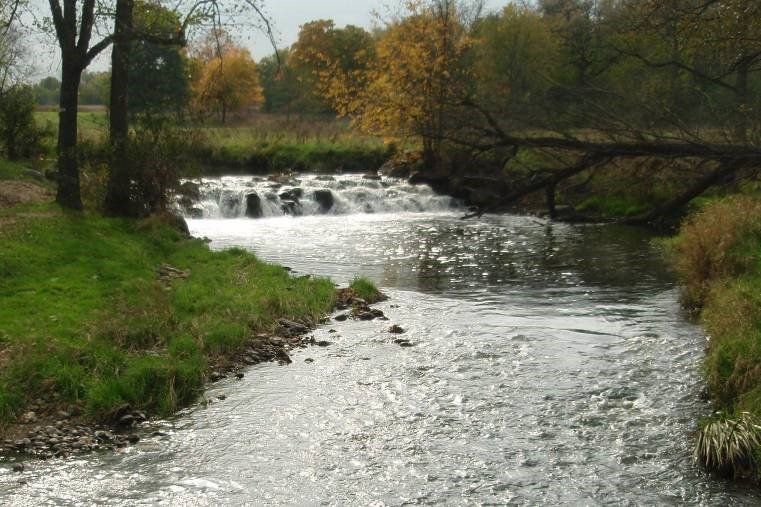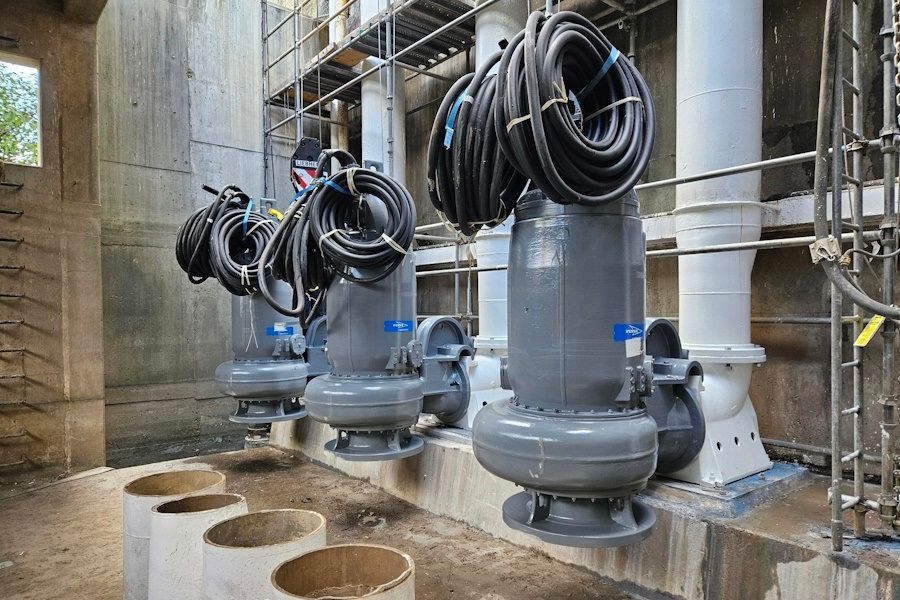
Trotter and Associates, Inc. (TAI) continues its partnership with the DuPage County Department of Stormwater Management on the rehabilitation of the West Lobe Pump Station at the Elmhurst Quarry Flood Control Facility. This critical infrastructure serves as a flood control system by storing excess flow during major rain events and later pumping stormwater back to Salt Creek once conditions recede. Independent Mechanical Industries, Inc., and their subcontractors are on schedule for the West Lobe Pump Station to be returned to service this fall. Over the last several months, the team completed installation of four 500-hp pumps and rehabilitation of the discharge piping supports along the 100-foot quarry highwall. Additionally, the pump station’s electrical system was upgraded with a 2,500-amp switchboard and VFDs to provide a long-term reliable electrical system for the facility.
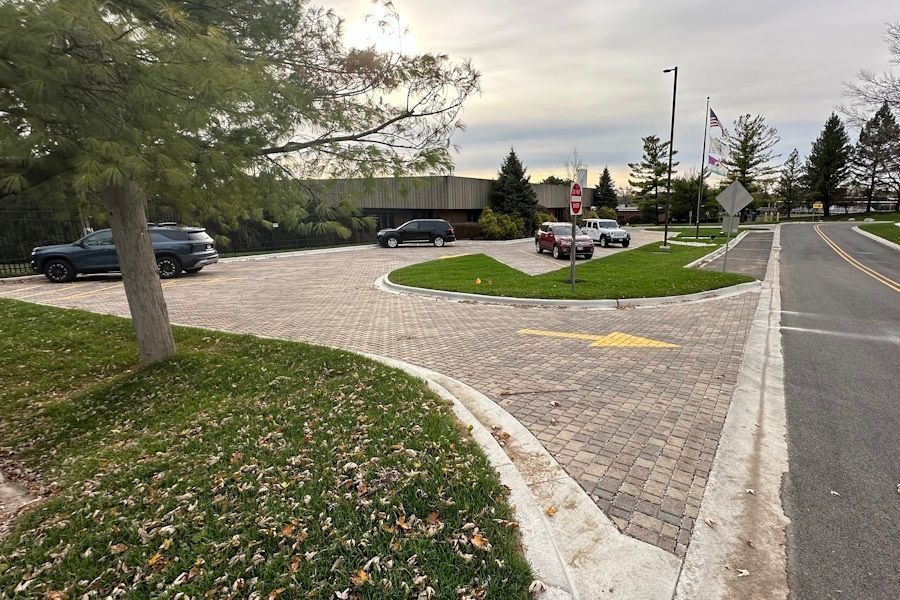
Glenbard Wastewater Authority recently completed replacing the aging asphalt parking lot at its main office. To meet current needs, the lot was expanded from seven spaces to sixteen, including accessible parking. With the East Branch DuPage River directly downstream of the site, permeable pavers were utilized instead of asphalt. The use of these pavers not only reduces the amount of stormwater runoff but also improves the quality through natural filtering. Trotter and Associates assisted the Authority throughout the entire life cycle of this project.
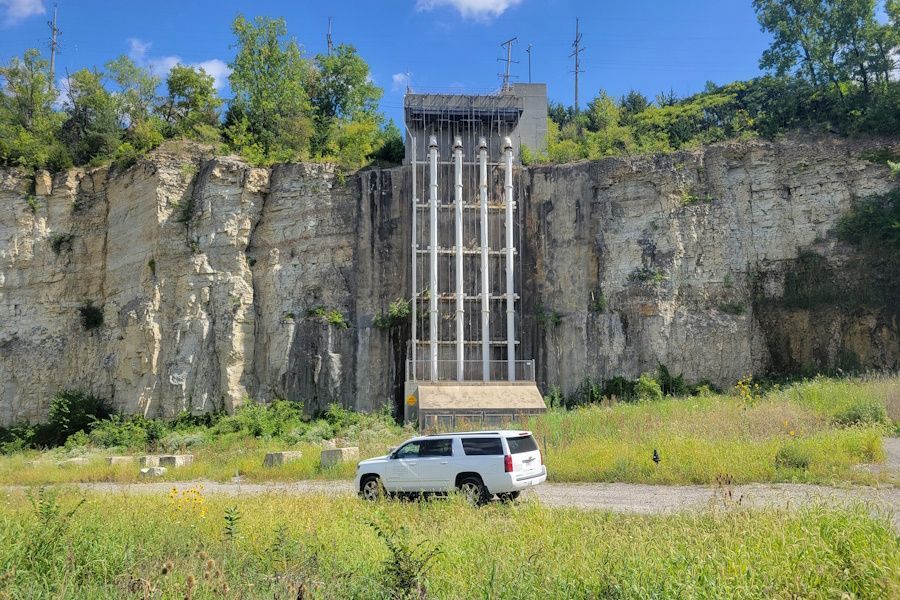
TAI is working alongside the DuPage County Department of Stormwater Management to rehabilitate the County’s West Lobe Pump Station at the Elmhurst Quarry. The Elmhurst Quarry Flood Control Facility, comprised of an east and a west lobe, operates as an excess flow storage facility when the creek reaches a trigger elevation during escalated wet weather events. The east and west lobe pump stations within the quarry are operated by the County to pump stormwater back out to Salt Creek following a rain event. The project scope for rehabilitation of the West Lobe Pump Station includes the replacement of the pumps, valves, and electrical components at the facility. The final design was completed in 2023 and is currently under construction.


